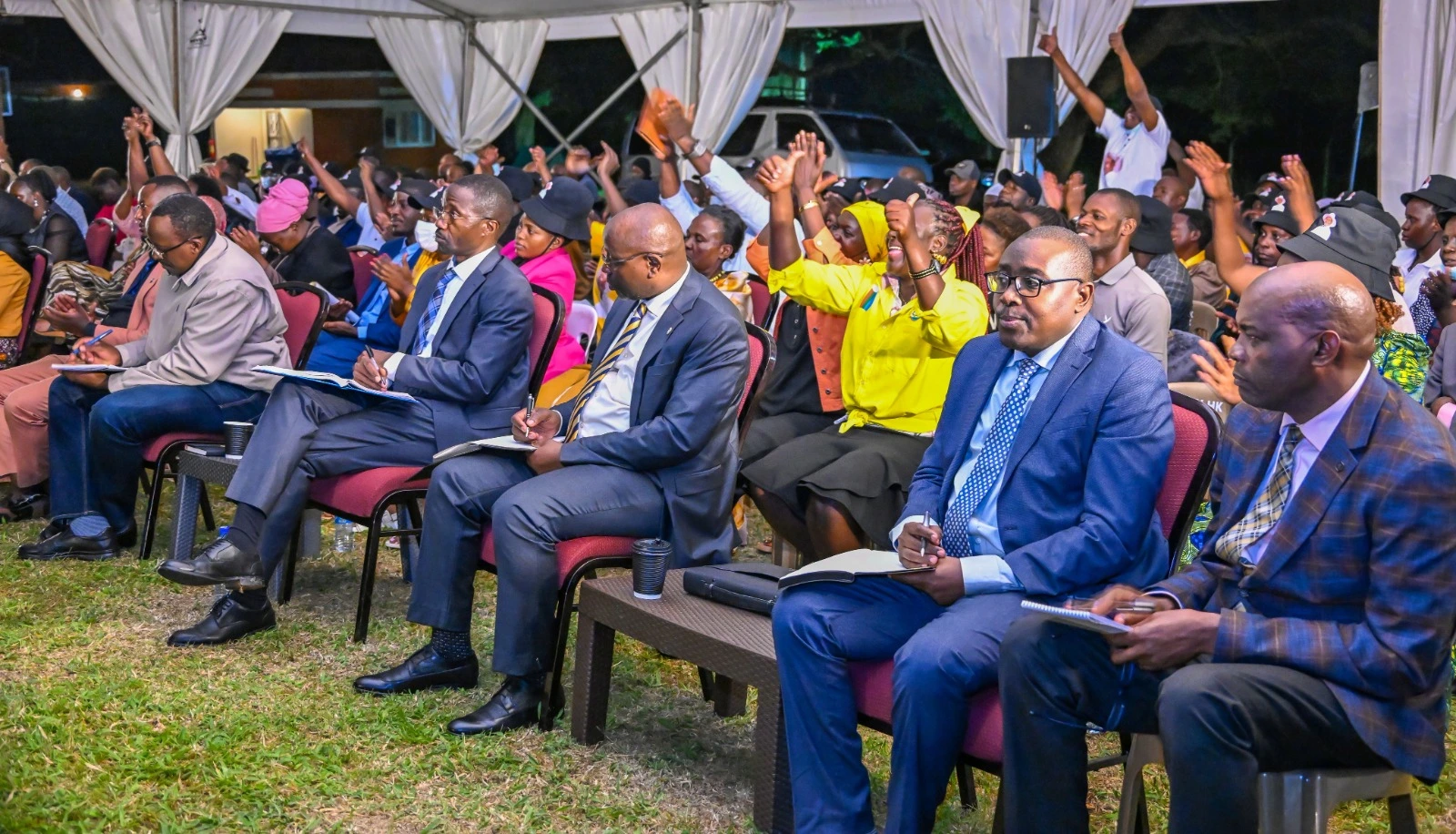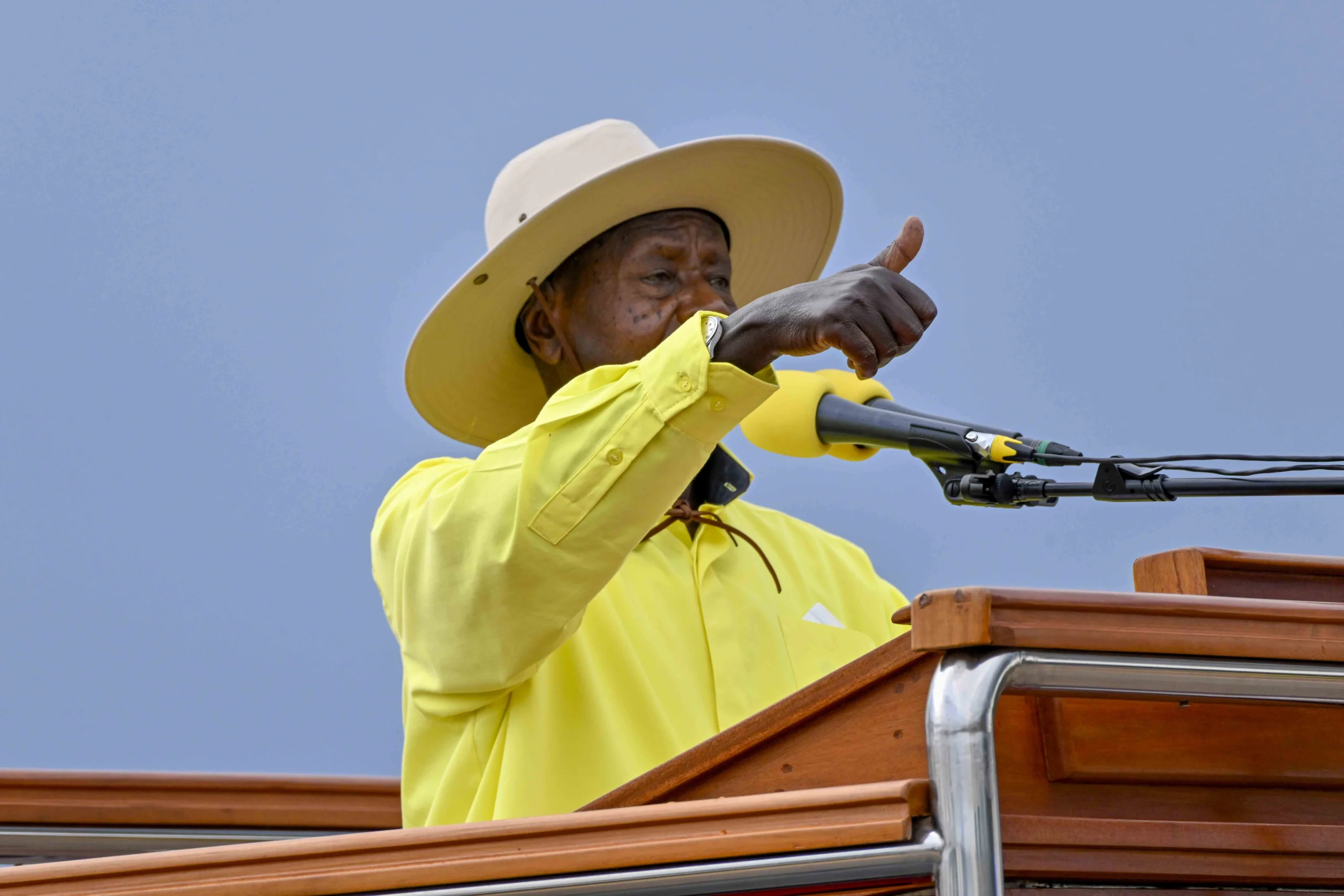How strategic tax reforms, value chain protection, and sectoral investment are shaping Uganda’s path to inclusive, digital-led growth (Video for the National Budget 2025/2026 Embedded)
KAMPALA – Against a backdrop of global economic turbulence and intensifying climate pressures, Uganda has placed an audacious wager on its future. Finance Minister Matia Kasaija’s UGX 72.4 trillion (approx. $19.5 billion) budget for the 2025/26 financial year, tabled this week, transcends mere accounting. It is a development manifesto – a deliberate attempt to leverage massive public investment as a catalyst for private sector dynamism and structural economic transformation.
Centred on “monetisation, industrialisation, and digital transformation,” the budget aims to shift Uganda decisively from subsistence agriculture towards a diversified, value-adding, and digitally-enabled economy. But beneath the bold headlines and record spending lies a critical question: Can this intricate fiscal architecture deliver inclusive growth, or will it buckle under the weight of implementation challenges, revenue shortfalls, and mounting debt?
I. REWRITING THE RULES: TAX AS A STRATEGIC GROWTH ENABLER
The budget’s most transformative potential lies not in its spending, but in its radical shift in tax philosophy – moving from extraction to empowerment.
- Start-Up Ignition: A flagship 3-year income tax holiday for all new start-ups registered after July 2025 directly targets Uganda’s vast informal sector and burgeoning tech scene. “This isn’t just a tax break; it’s an invitation to formalise and innovate,” stated a senior Treasury official.
- Unlocking Stalled Capital: By exempting Capital Gains Tax on transfers of personal assets into companies and abolishing stamp duty on mortgages and business agreements, the government tackles critical barriers to SME formalisation, investment, and property market development.
- Compliance Through Fairness: Replacing blanket, often crippling penalties with fines proportional to the underlying tax liability marks a pragmatic shift towards encouraging voluntary compliance without stifling small businesses.
“These reforms are not just fiscal tools—they are strategic enablers designed to formalise the informal, unlock SME growth, and boost compliance without strangling innovation,” affirmed Minister [Minister’s Name] during the budget speech.
II. Walking the Tightrope: Revenue, Protection & Affordability
While tax breaks aim to stimulate, other measures focus on mobilising revenue and protecting nascent industries – a delicate balancing act.
THE BIG BETS: WHERE THE TRILLIONS FLOW
The budget’s core lies in colossal sectoral investments designed to lay the foundation for Uganda’s structural transformation:
- Agro-Industrialisation (UGX 1.86 Trillion)
This allocation aims to shift the country from subsistence farming toward commercial agricultural production by supporting irrigation schemes, fertiliser access, and agro-processing infrastructure. These interventions hold potential to drive inclusive, broad-based economic growth, particularly in rural areas where agriculture remains dominant. However, successful transformation will depend on overcoming persistent challenges in input distribution systems, operationalising agro-industrial hubs efficiently, and embedding climate-smart practices—elements that have historically lagged despite similar investments. - Energy (UGX 1.04 Trillion)
With a focus on expanding hydro-electric capacity, initiating nuclear energy groundwork, and scaling electricity access, the energy envelope reflects Uganda’s ambition to underwrite industrial growth and power reliability. While this long-horizon investment positions the country for energy security, immediate industrialisation prospects still face constraints. Grid instability, limited rural electrification, and the slow pace of private sector energy uptake suggest the need for short- and medium-term measures to complement these large-scale undertakings. - Transport & Infrastructure (UGX 6.92 Trillion)
As the largest single budgetary allocation, this investment targets critical infrastructure—roads, railways, waterways, and air transport. By reducing transport costs, Uganda hopes to unlock its competitiveness within regional markets like the East African Community and the African Continental Free Trade Area. However, historical weaknesses in project execution, procurement inefficiencies, and frequent cost overruns raise concerns about fiscal sustainability. If not tightly managed, this investment could strain public resources and discourage private capital mobilisation in key sectors. - Digital and Innovation Economy (UGX 835.9 Billion)
This budget line champions a forward-looking agenda, investing in skilling centres, digitisation of public services, and the growth of creative industries. Positioned to harness youth potential and modernise service delivery, this strategy aligns with global trends in digital economic transformation. Still, the projected impact depends heavily on the expansion of digital literacy, affordable internet access, and private sector participation across the country—not just in select urban pilot zones. Without robust implementation, these digital dividends may remain concentrated and unevenly distributed.
UGX 2.43 TRILLION FOR INCLUSION: REACHING THE GRASSROOTS FROM TREASURY TO HOUSEHOLD
Recognising that growth must be inclusive, significant funds target grassroots economic activation:
- Parish Development Model (PDM): Direct capital injection at the parish level.
- Emyooga & Microfinance: Boosting community savings and lending.
- GROW & INVITE: Focused on women and industrial MSMEs.
- Skilling & Youth Manufacturing Hubs.
This initiative directly tackles poverty and empowers local economies to steer more Ugandan’s into the money economy. However, much as this is well intended, these programs have been plagued by delays, fund leakage, politicisation, and poor beneficiary targeting. The Minister acknowledged the challenge, pledging “enhanced digital tracking and community oversight,” but skepticism remains high.
INVESTING IN PEOPLE: HEALTH, EDUCATION & PROTECTION – VITAL, BUT ENOUGH
Health Sector – UGX 5.87 Trillion
The health sector receives a significant allocation aimed at transforming service delivery through digitisation, strengthening emergency medical response systems, and establishing specialised facilities for cancer and cardiovascular care. However, these efforts are set against persistent systemic barriers. Widespread shortages of doctors and nurses, recurring drug stockouts, and inadequate investment in primary healthcare threaten to dilute the impact of these investments unless accompanied by structural reforms and capacity building.
Education Sector – UGX 5.04 Trillion
Education remains a top priority, with funds directed toward bolstering Universal Primary and Secondary Education (UPE/USE), expanding public universities, rehabilitating 120 secondary schools, and constructing 116 new seed schools. A notable goal is improving the textbook-to-student ratio from 1:15 to 1:3. Yet, beyond access, challenges around educational quality—including teacher training, infrastructure gaps, and outdated pedagogy—remain unresolved. As the economy shifts toward digitalisation and industrialisation, aligning education with the skilling agenda is critical for long-term national competitiveness.
Social Protection – UGX 404.9 Billion
The government continues its commitment to social inclusion through the Social Assistance Grants for the Elderly (SAGE), covering nearly 500,000 beneficiaries. However, Uganda’s broader social safety net still leaves behind large vulnerable groups such as the urban poor, persons with disabilities, and unemployed youth not captured in structured support programs. Expanding and modernising the social protection framework will be necessary to safeguard social cohesion amidst rapid economic transformation.
THE DEBT DILEMMA: WITHIN LIMITS, BUT THE BURDEN GROWS
Uganda’s 2025/26 budget is undeniably bold and conceptually strong. Its strategic tax shift towards enabling private investment, coupled with massive, necessary bets on infrastructure (transport, energy) and digital potential, targets core constraints to growth. The focus on inclusion through monetisation and human capital is sound.
However, the gap between ambition and reality is vast. Five critical weaknesses threaten to undermine this vision:
- The Capacity Chasm: Can the government machinery effectively deliver all these complex, large-scale projects (PDM, infrastructure, hubs) simultaneously, on time and budget? History is not reassuring.
- The Revenue Gamble: Are the tax reforms and excise adjustments sufficient to hit ambitious revenue targets, especially amid potential economic headwinds? Over-reliance on potentially inflationary consumption taxes is a concern.
- Inflation & Credit Crunch: The infrastructure splurge, heavily domestically financed, risks stoking inflation and suffocating private sector credit access.
- Inclusion Illusion? Will UGX 2.43 trillion for grassroots programs translate into tangible, leakage-free empowerment, or will it succumb to past pitfalls of mismanagement?
- Debt’s Long Shadow: While within today’s limits, the debt trajectory and servicing costs demand flawless revenue performance and disciplined spending.
The Verdict: This budget is a powerful blueprint for structural transformation. It correctly diagnoses key bottlenecks and deploys significant resources. The vision is compelling. But success hinges entirely on execution – an area where Uganda’s record is mixed. If implementation is rigorous, transparent, and effectively catalyses private investment, Uganda could see a transformative acceleration. If delivery falters, particularly on revenue and debt management, the result could be a high-cost budget straining the economy with limited transformative impact. The coming year is Uganda’s high-stakes reality check.




